This is a question from a customer of mine. I had provided them with HazMat Employee Training (to meet USDOT regulations), training for the shippers and packers of dangerous goods by air as required by the International Air Transport Association (IATA) and also training for shore-based personnel for dangerous goods by vessel per the International Maritime Organization (IMO). Afterwards, they had some questions for me about specific shipping challenges. Like all of my customers, I happily answered their questions at no cost. For this particular question the customer had already sent me a Safety Data Sheet (SDS) for the product they wished to ship. We had had a brief telephone conversation where I informed them the product was a marine pollutant and was subject to an exception.
 The question (01.09.17):
The question (01.09.17):
Daniel –
During our conversation, you said that the IMO and IATA laid out an exception for the product I sent you the SDS for, where as long as it’s in an inner packaging ≤ 5L, it isn’t regulated per IATA.
A) Did I understand you correctly (is that true)?
B) Where did you see that? I’m just looking over the SDS and can’t find anything that would have tipped you off to that information, and I would like to read that exception myself.
C) Is that exception (if it is as I understand it) for the raw material itself, or for the UN 3082 entirely?
Also, did that exception also remove the Ltd. Qty. ‘G’ limitation?
Thanks for your help.
My reply the same day:
Please see below:
- USDOT, IMO, & IATA have an exception from regulation specific to Marine Pollutants if they are below 5 kg/5 L per package.
- The exception is not referenced in the SDS. It can be found as follows:
- 49 CFR 171.4 of the USDOT HMR.
- Special Provision A197 of the IATA DGR, referenced from 7.1.5.3.
- 2.10.2.7 of the IMO Dangerous Goods Code.
- The exception would apply to any substance that meets the criteria for a marine pollutant. The exception only applies to it as a a marine pollutant and does not except it from any other regulations. For example, if a marine pollutant is also a Class 3 Flammable Liquid, it may be subject to the above marine pollutant exception but would remain regulated as a Class 3 Flammable Liquid.
- The marine pollutant exception has nothing to do with the limited quantity exception. The ‘G’ in the Dangerous Goods List only applies if you are shipping the HazMat as a limited quantity.
I hope that helps.
Please don’t hesitate to contact me with any other questions.
Some follow-up from the customer:
Daniel –
Thank you so much for your thorough response.
Correct me if I’m wrong, but wouldn’t the Special Provision A197 supersede the Limited Quantity exception in regard to relief of shipping limitations? Basically, as long as we are following the Special Provision, and not shipping it Ltd. Qty., my understanding is that the special provision allows us to ship the product un-regulated, therefore not being subject to any gross weight limitations as long as it’s being shipped below 5kg/L. Is that true?
I just want to make sure that I’m interpreting all of this accurately before I make my case to UPS HazMat. 🙂
Thanks again for your patience with us on this.
My reply:
You are correct. Sequence is:
- Classify to determine if HazMat/dangerous good.
- If yes, determine if exception applies. In this case, both the marine pollutant exception and the limited quantity exception apply.
- Choose exception to use or ship as fully regulated HazMat.
- If shipping per marine pollutant exception, then material is not regulated (i.e. not HazMat/dangerous good) as long as you comply with the requirements of the exception.
- The gross package weight limits of the limited quantity exception only apply if you choose to use that exception. You are not doing that in this case.
Please don’t hesitate to contact me with any other questions.
This exchange represents a common challenge of complying with the Hazardous Materials Regulations: that of taking things step-by-step in an orderly process. As my last email to the customer details, there is a process to compliance. An action taken out of sequence – even if a correct action – could lead to a non-compliance. One thing I strive for in my training is not to simply tell trainees what to do but to show them how it is done, and more importantly, to have them perform the actions themselves. Identifying hazardous materials by their proper shipping name in the hazardous materials table, determining the proper packaging including what – if any – packaging exception is available, applying the four hazard communication methods (labels, marks, shipping papers, and placards)…it all must be done in the proper sequence.

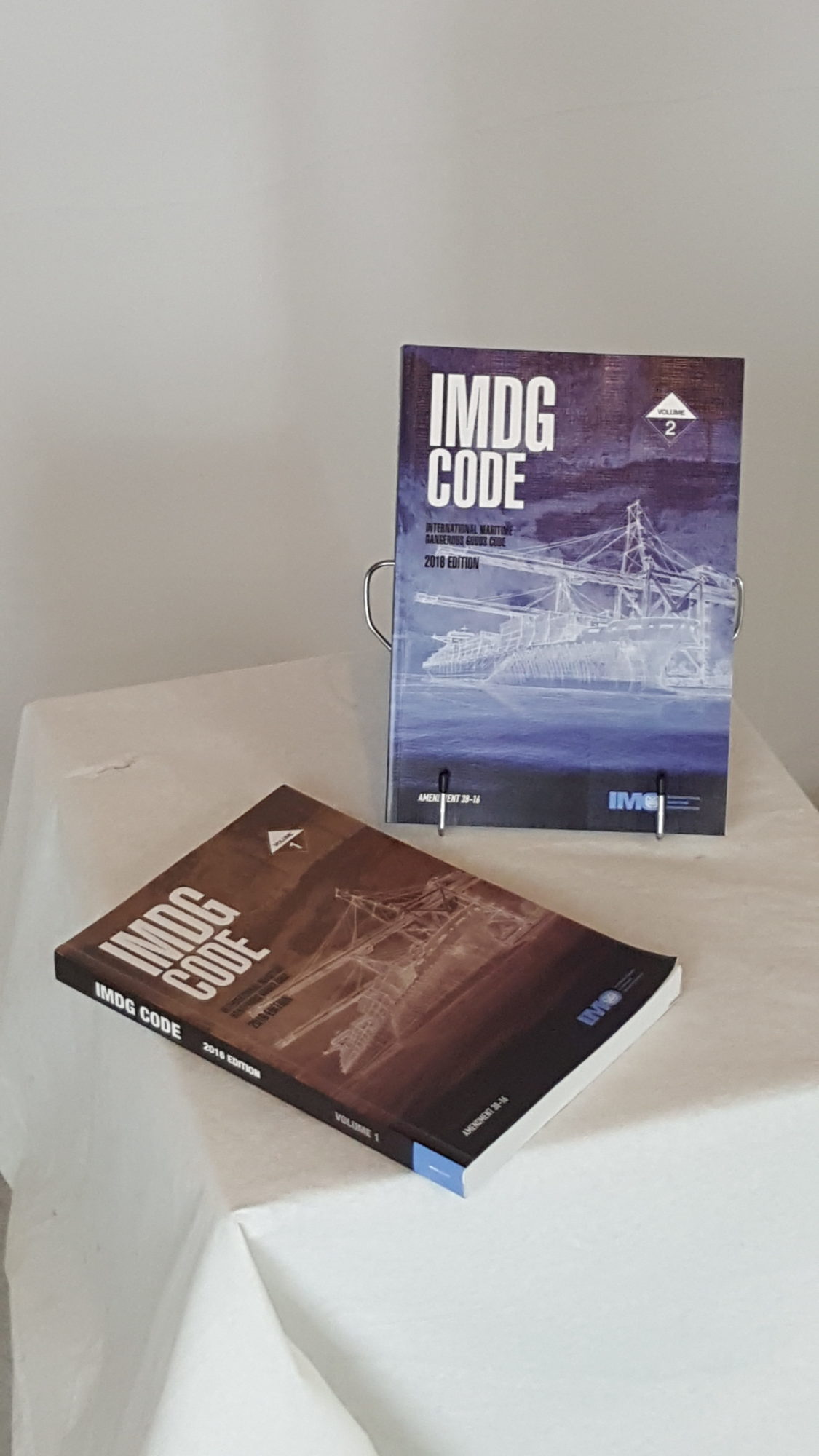
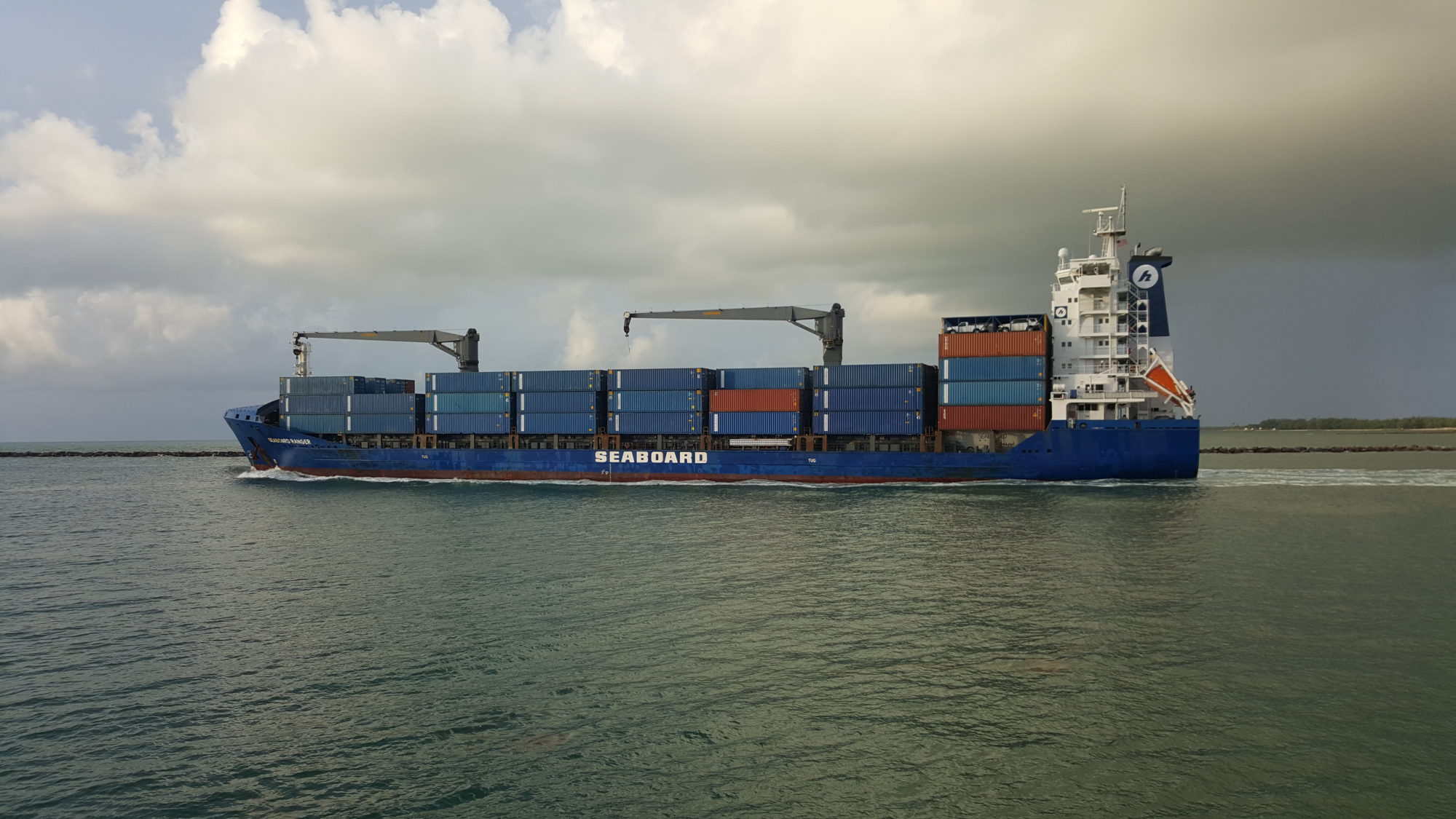

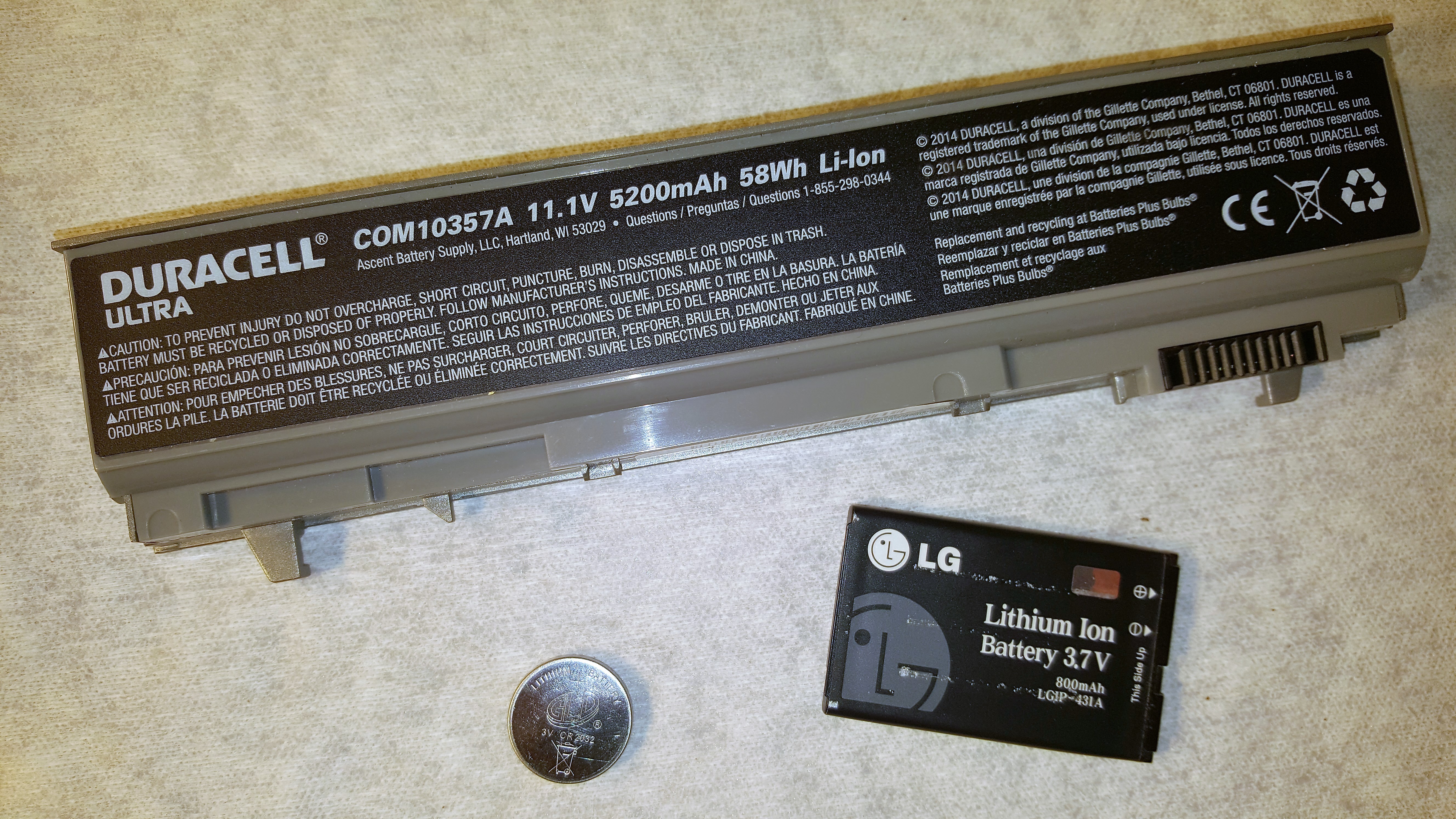
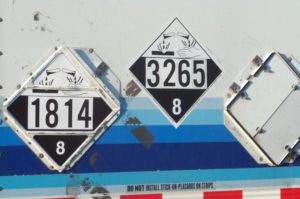
 The marine pollutant marking is not required on a vehicle that is transporting non-bulk packagings by highway since per 49 CFR 171.4 the hazardous material regulations do not apply to a Marine Pollutant transported by highway (or rail or air) in a non-bulk packaging. It might be OK to display the Marine Pollutant marking on the vehicle even if it is not required, but I am not certain. The presence of the Flammable Liquid placard does not impact display of the Marine Pollutant marking.
The marine pollutant marking is not required on a vehicle that is transporting non-bulk packagings by highway since per 49 CFR 171.4 the hazardous material regulations do not apply to a Marine Pollutant transported by highway (or rail or air) in a non-bulk packaging. It might be OK to display the Marine Pollutant marking on the vehicle even if it is not required, but I am not certain. The presence of the Flammable Liquid placard does not impact display of the Marine Pollutant marking. not impact display of the Marine Pollutant marking.
not impact display of the Marine Pollutant marking.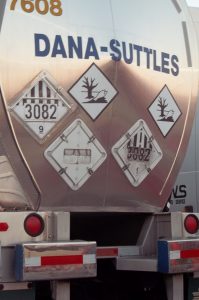 And a post from someone else in the group that same day as well:
And a post from someone else in the group that same day as well: